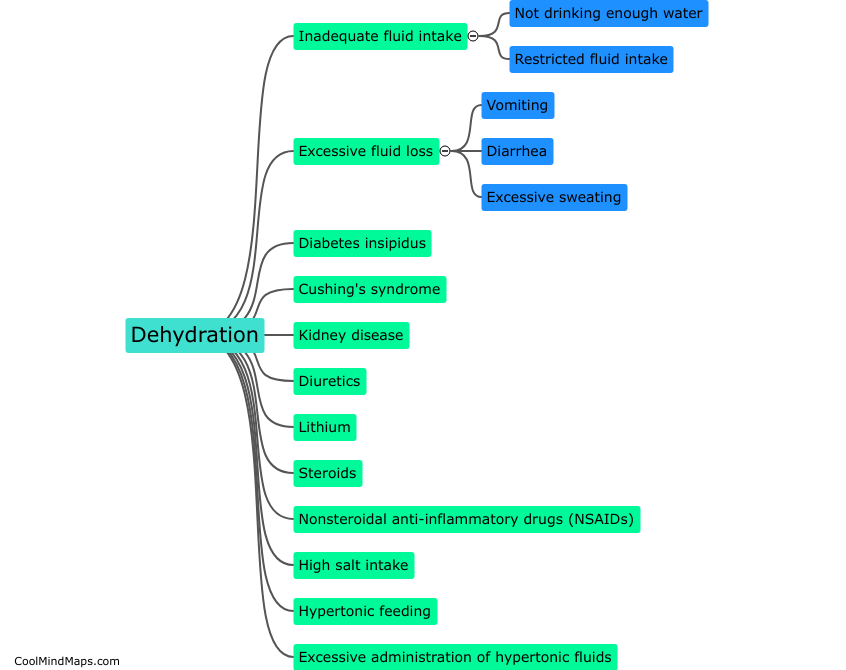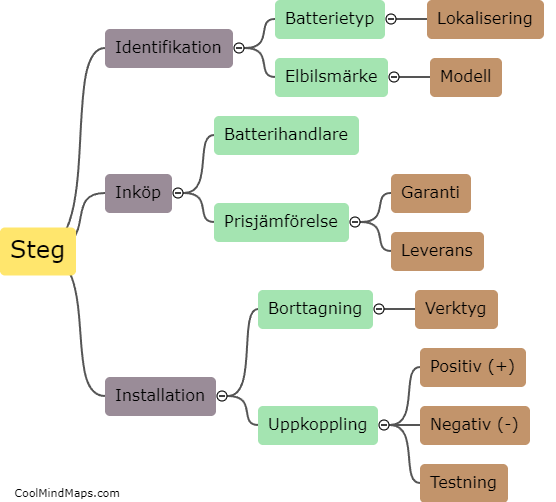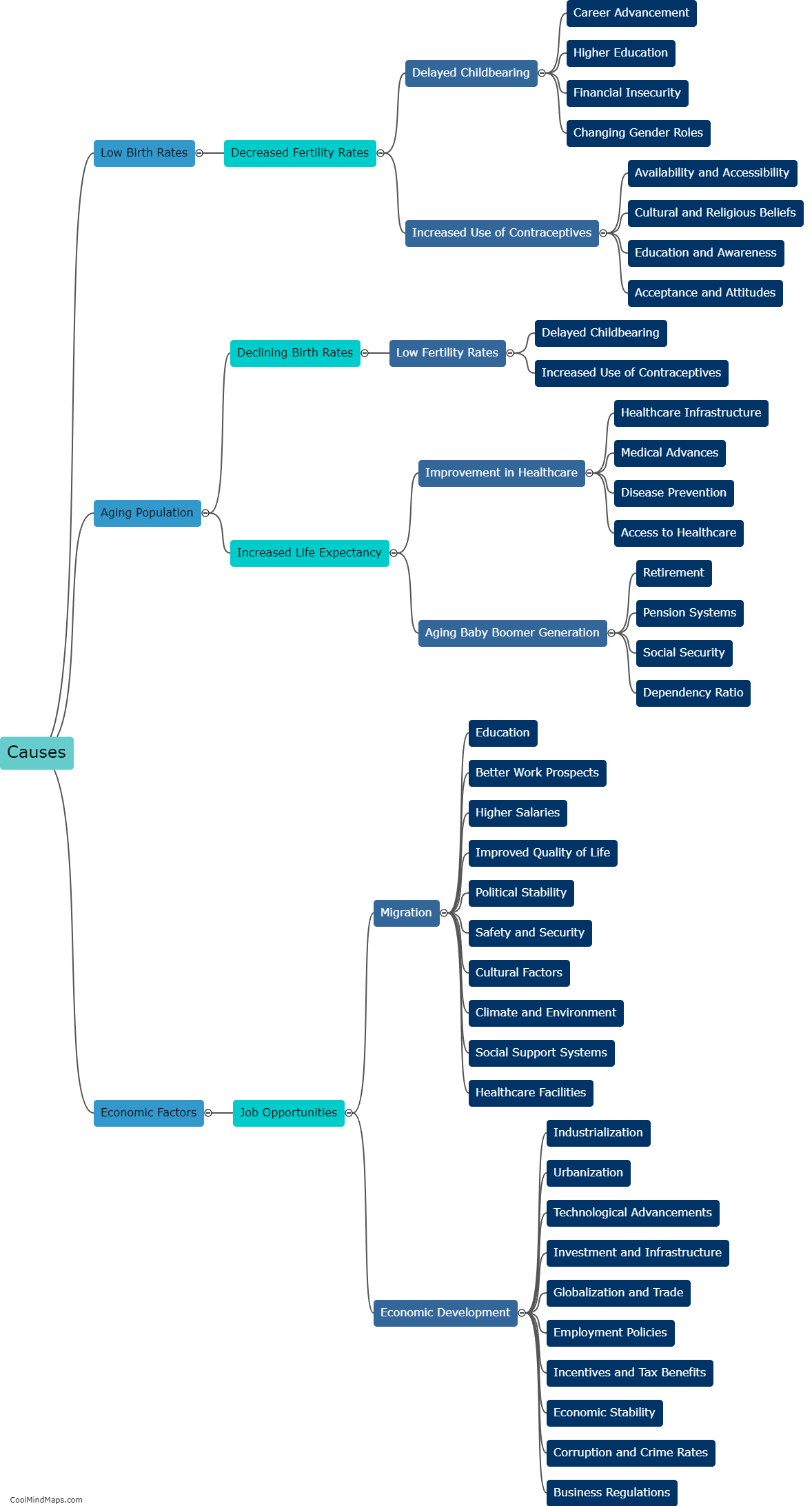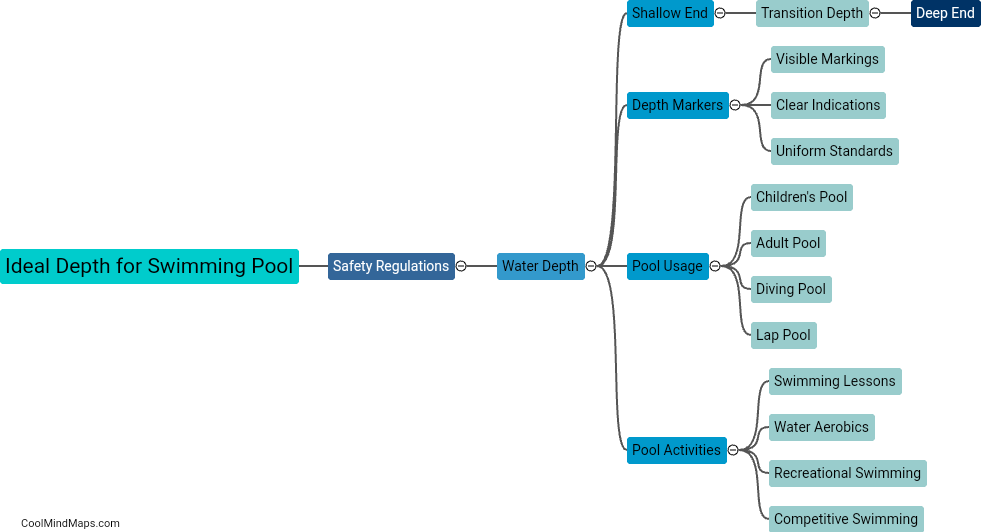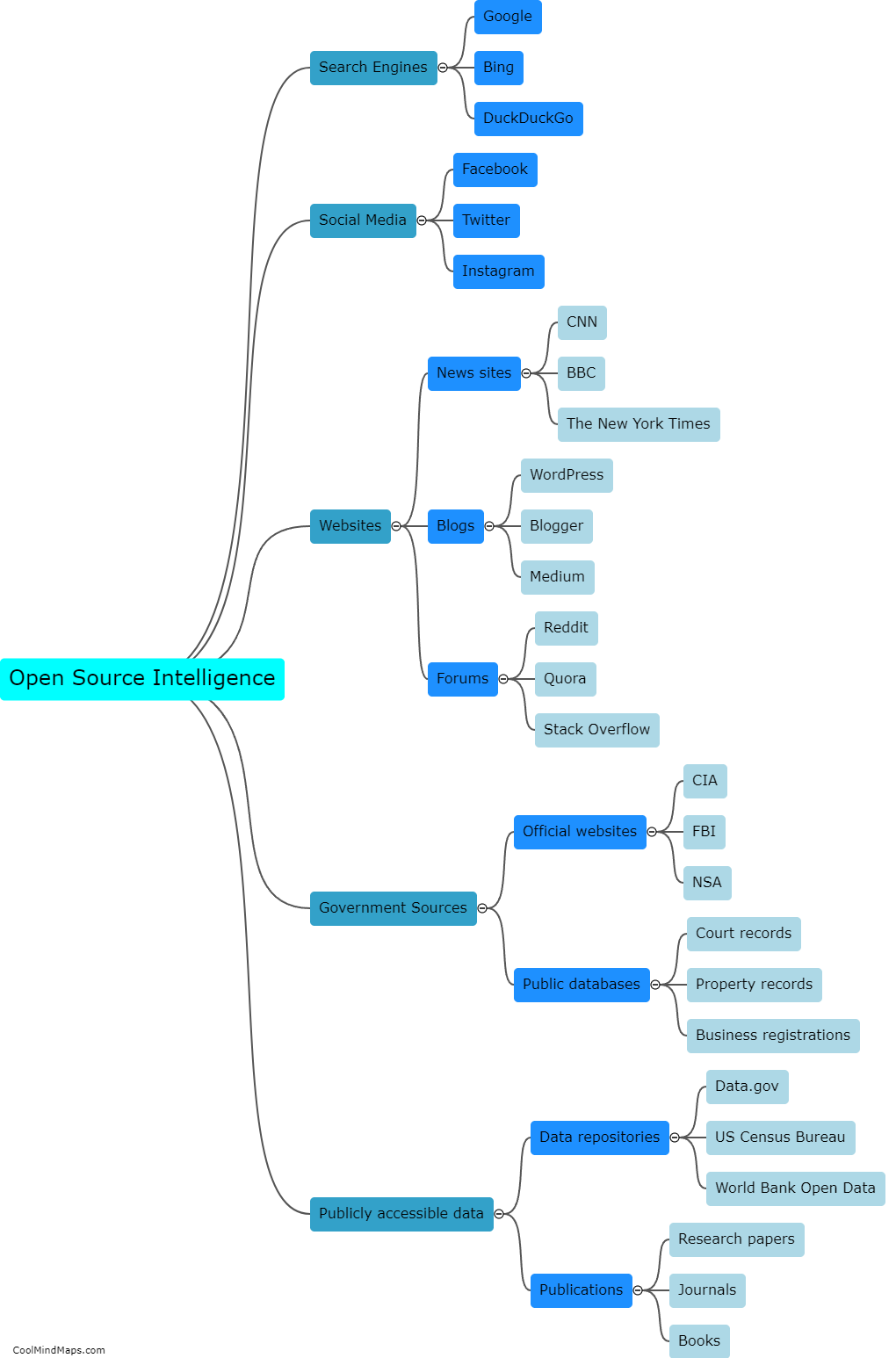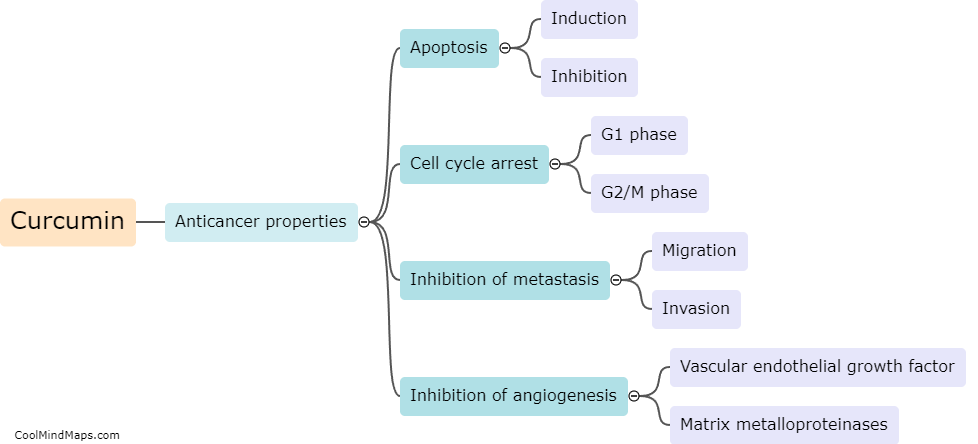What is the intelligence life cycle?
The intelligence life cycle is a systematic process used by intelligence agencies and organizations to collect, analyze, and disseminate intelligence information. It consists of five key stages: planning and direction, collection, processing and exploitation, analysis and production, and dissemination. In the planning and direction phase, intelligence needs and priorities are identified and resources are allocated accordingly. The collection phase involves gathering information from various sources, such as open-source data, human intelligence, and signals intelligence. This information is then processed and exploited to ensure its accuracy and relevance. In the analysis and production phase, collected data is examined, connected, and evaluated to generate intelligence products and reports. Finally, in the dissemination stage, these outputs are shared with appropriate entities or individuals for decision-making purposes. The intelligence life cycle facilitates the efficient and systematic management of intelligence information to support informed decision-making and situational awareness.
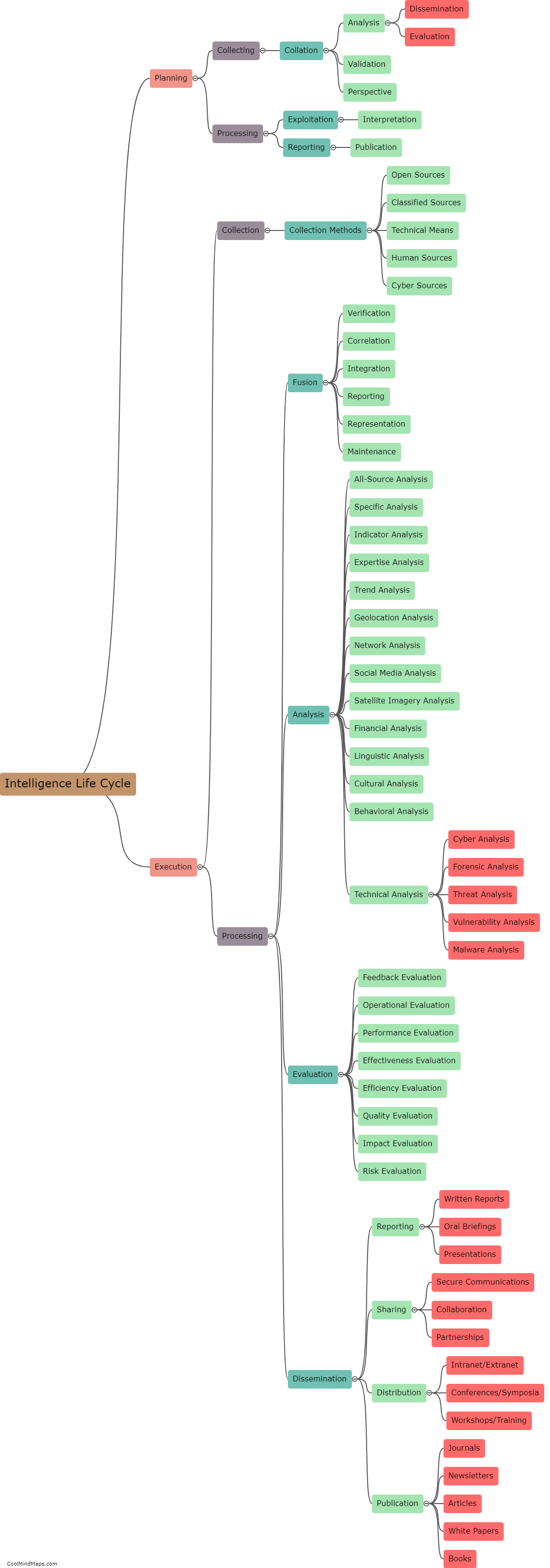
This mind map was published on 9 July 2023 and has been viewed 112 times.


